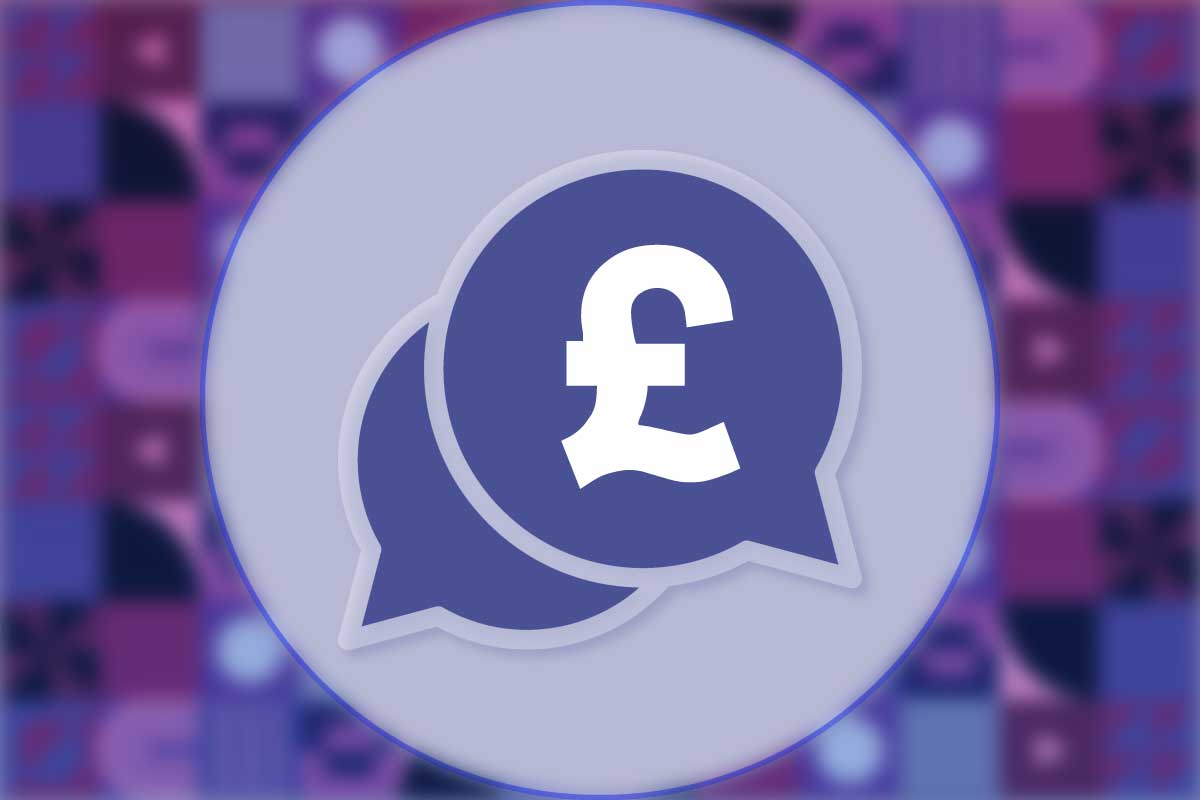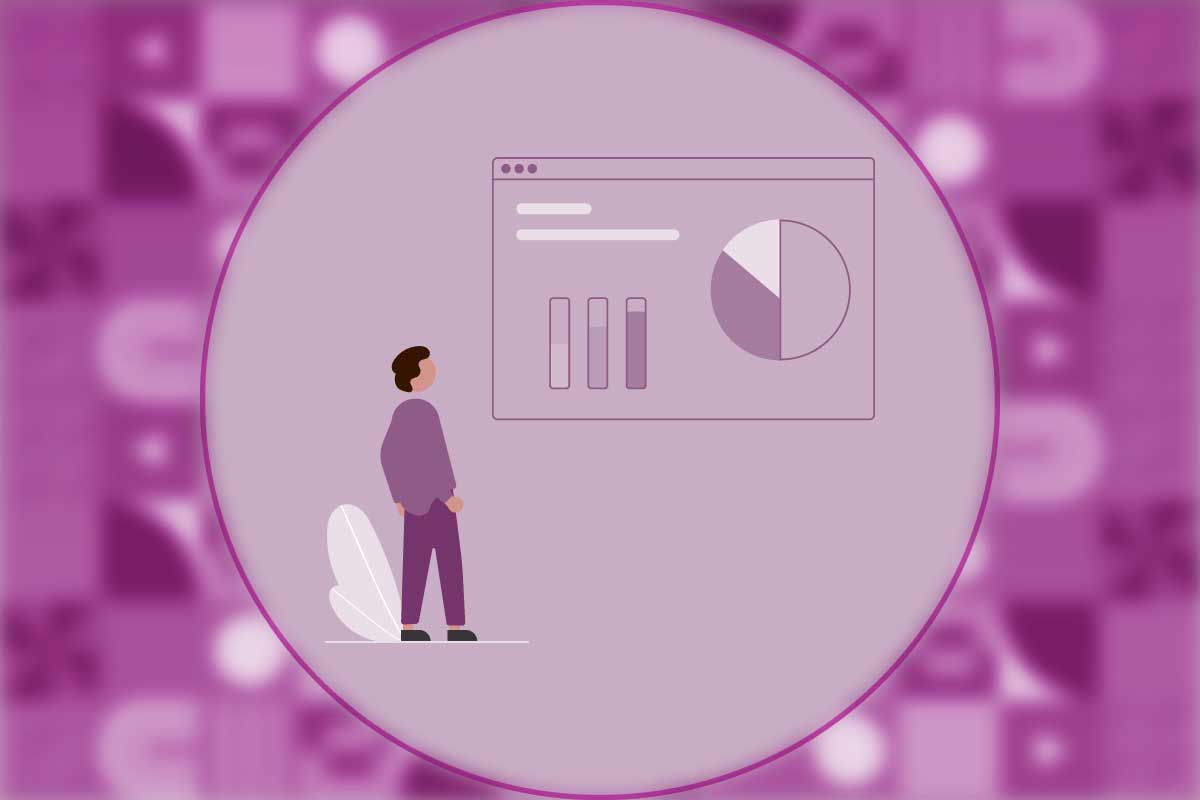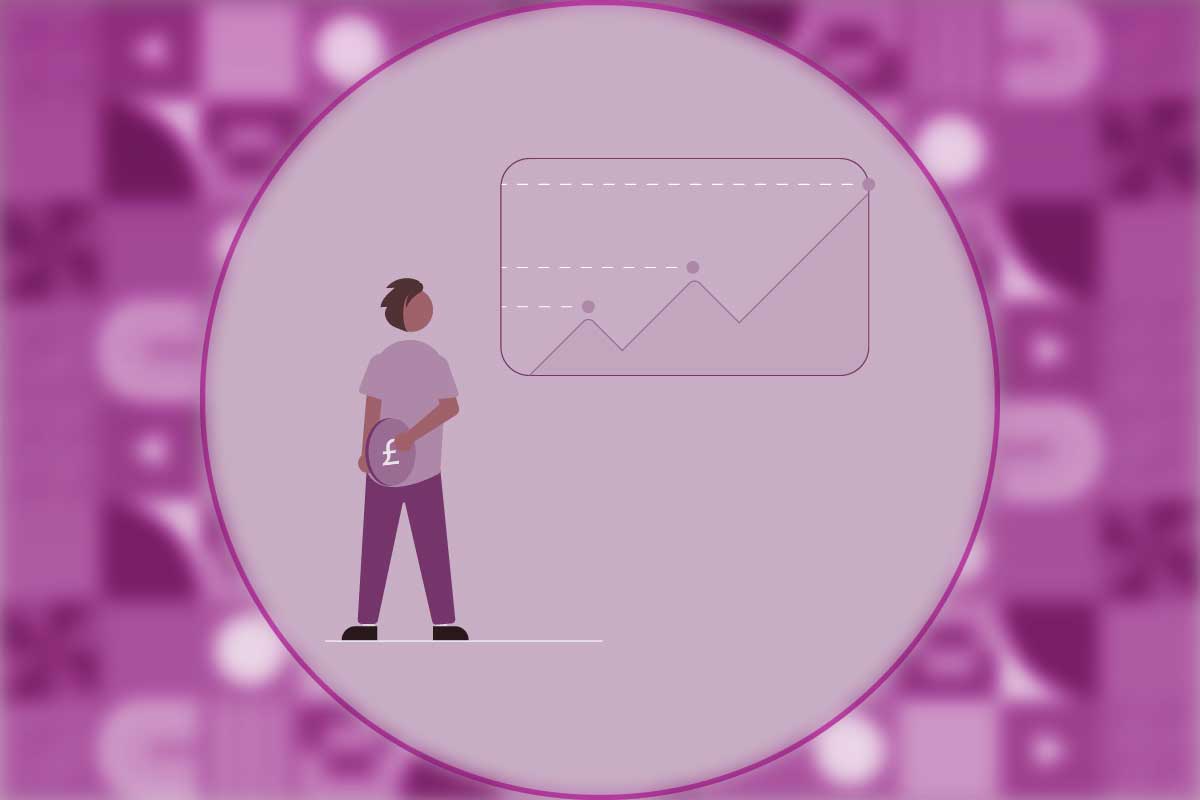PPC stands for pay-per-click, which is a type of digital advertising. Put simply pay per click advertisers only pay the publisher if people click on their adverts. The objective of a PPC advert is to lead users who click, directly to the advertiser’s website or app. Where on arrival, they can then complete a valuable goal, like purchasing a product or service. PPC marketing is essentially a method of 'buying' website visits.
Understanding Pay Per Click Marketing.
PPC marketing can be a very effective way to reach your target audience and bring traffic to your website. However, it is important to note that it can be expensive, so always track your results to ensure that you’re getting a good return on investment (ROI). There are two primary marketing channels where PPC pricing models operate:
Noteworthy PPC Terms.
Just like most things in the world of digital marketing, PPC has its own jargon. Here are some of the most common terms that you need to know before diving in:
Articles From Creative Block





















